I’m originally from Slovenia but I’ve lived and worked in the United Arab Emirates since 1991.
My background is in architectural visualization and illustration. For almost 2 decades, I worked in the Emirates, one of the fastest growing countries in the world, and work was never scarce. I specialized in the creation of photo-realistic, computer generated renderings of master developments, buildings and interiors.
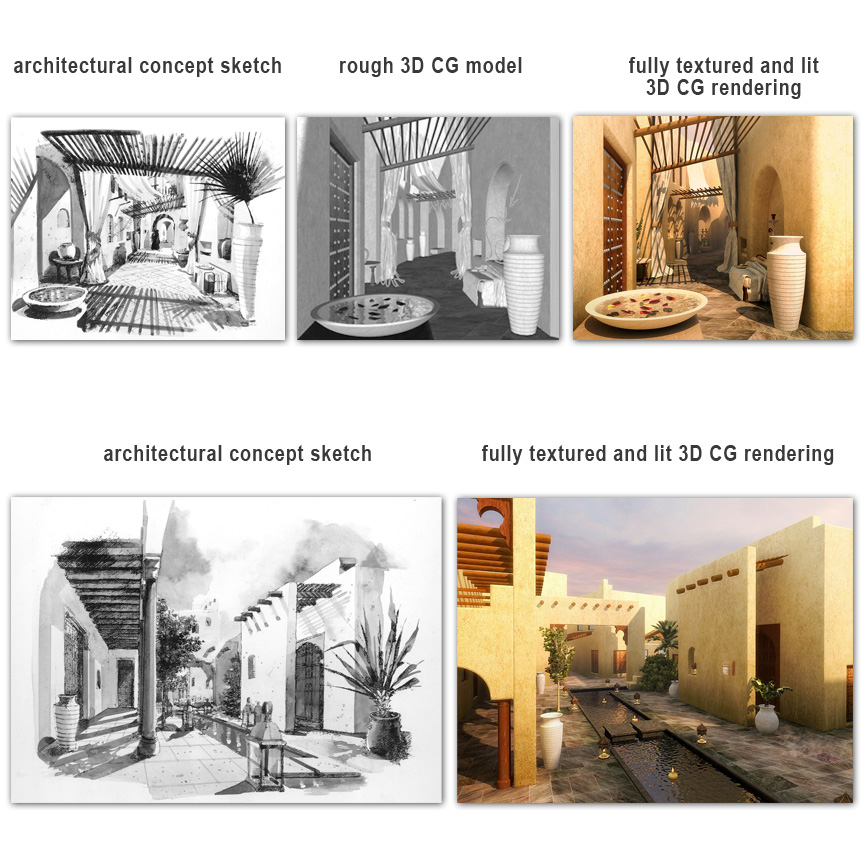
Examples of the 3D CG architectural visualization workflow, 2007
Somewhere around 2005, many real estate developers started to outsource architectural renderings and animations to companies in Asian countries where they managed to get about half the quality I was offering for about 1/10th of the price. Needless to say, getting new projects became hard. In 2008, the economy collapsed overnight. Real estate developments were suddenly frozen. Nobody dared to launch new projects and with that, the business of 3D walkthroughs and still renderings was declared dead.
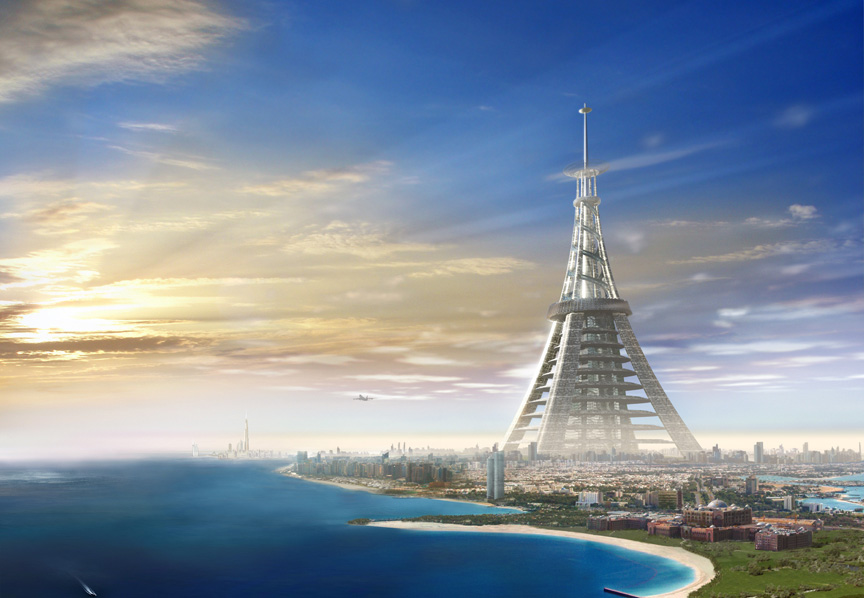
A vision that never became more than a dream. 3D CG rendering, 2007
It was the time to react and adapt. In May 2008, I joined a VF/X and film production company in Abu Dhabi. This is where I got the chance to learn something new and to move away from the realm of 3D computer graphics.
I've had a life-long fascination with photography but for one reason or another, I never got into it. Life’s weird that way. One day, sometime back in 2009, I picked up a Canon PowerShot G9 camera and started dabbling with it. The initial results were pathetic, but I was motivated to try harder. So I enrolled myself in a 6-month, self-taught crash course in photography. I was like a sponge for information – I bought tons of books about photography, I studied the work of great masters and read all of them. I browsed thousands of photography websites, forums, blogs and watched pretty much every YouTube tutorial I could find. Whatever I learned in the books, I tried later with the camera. I shot thousands of pictures every month and shared the work on various forums. Slowly but steadily, my work got better and with improved results, my confidence grew.
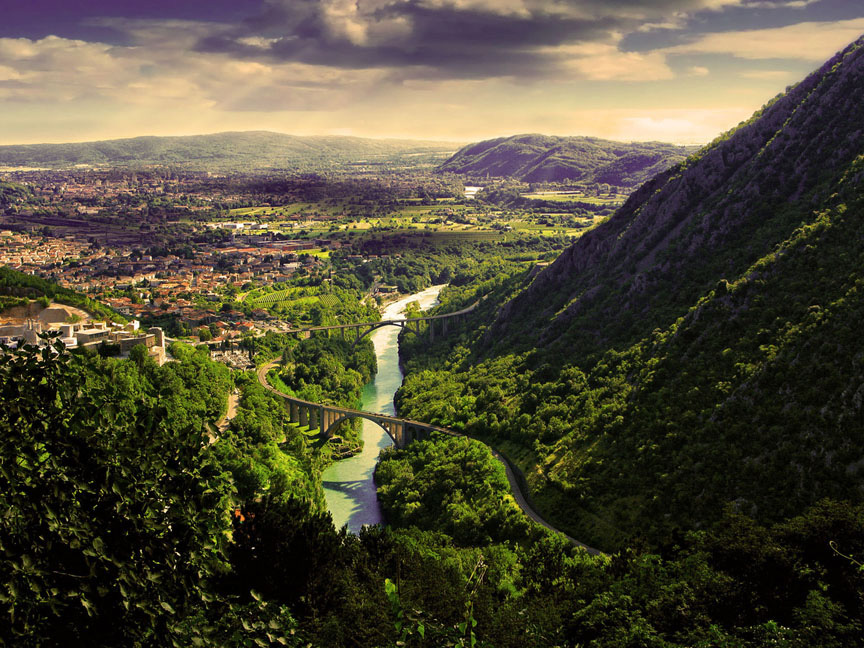
One of my earlier works, captured with Canon PowerShot G9 in Slovenia, 2009
Meanwhile, I continued working on sporadic 3D computer generated animations for real estate developers when an opportunity arose. In 2009, I worked on one specific architectural visualization in which the client asked for a few beauty shots of the city as an introduction to the 3D animation of their proposed master development. I first thought of shooting them in a conventional video but then, for some reason, I recalled the incredible urban time lapses I saw years ago in Godfrey Reggio’s ‘Koyaanisqatsi’ and Ron Fricke’s ‘Baraka’. These two films left a lasting impression on me. In all honesty, I didn’t have the first clue about time lapses at the time. But there was something indescribably beautiful and magical about them, so I decided to give time lapse photography a shot.
Little did I know that I had just entered into an adventure of a lifetime.
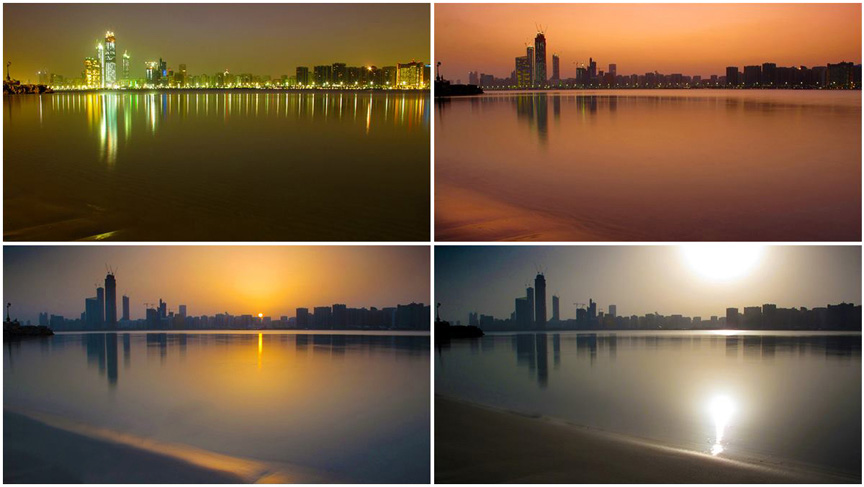
Study of sunlight and how it changes the landscape, 2009
The Canon PowerShot G9 is a great little compact camera, as long as you’re not trying to do serious work with it. I did my 2-day research about time lapse photography online and I gathered the basics. I learned that I would need an electronic shutter release cable which can trigger the camera’s shutter in user defined intervals. So I bought a cheap Chinese intervalometer for 10 bucks. I picked up a flimsy tripod dating back to the early 80s and I was ready to go. At least I thought so.
My first time lapse attempts were, well…abysmal. No one told me that the autofocus should’ve been turned off while I was shooting the sequence. The camera was constantly trying to re-focus between each frame and at night, it missed the focus every other frame. It was a disaster.
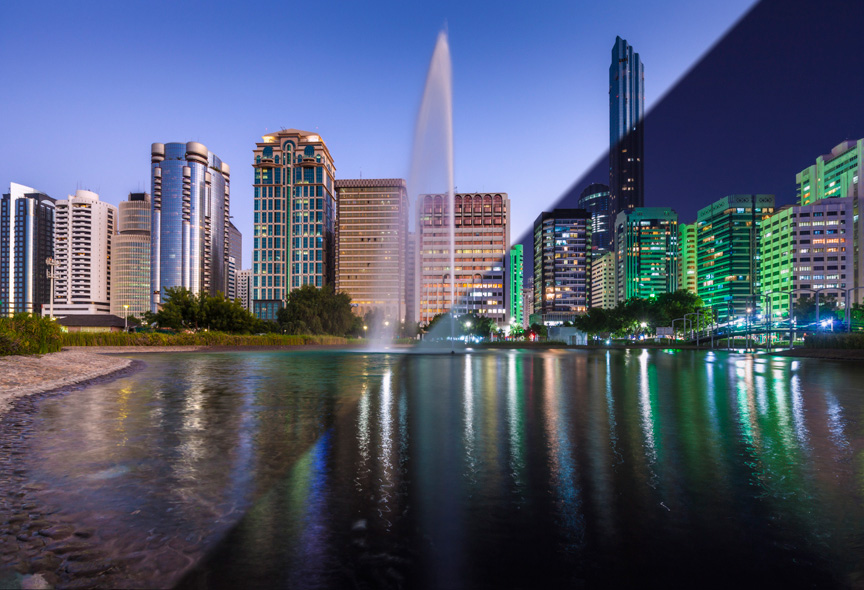
Day to night time lapse of Abu Dhabi’s skyline, 2013
That wasn’t all. I was shooting in Aperture priority mode which was another time lapsing gaffe. The camera was changing shutter speed from frame to frame, and each time, the lighting conditions changed a bit. That caused a nasty strobing effect, commonly known as time lapse flicker. I also didn’t know that the White Balance and ISO should’ve been set to manual and that lead to inconsistent colors and grain. The camera should’ve been set in full manual mode but at the time, I did not know that.
With each failure, I learned something new. I kept trying and trying and by the end of the week, I had my first time lapse scene of Abu Dhabi’s skyline, the establishing shot my client had asked for. They were very impressed with the result and at that, it suddenly dawned on me that I had found my new passion. I was hooked at 110%.
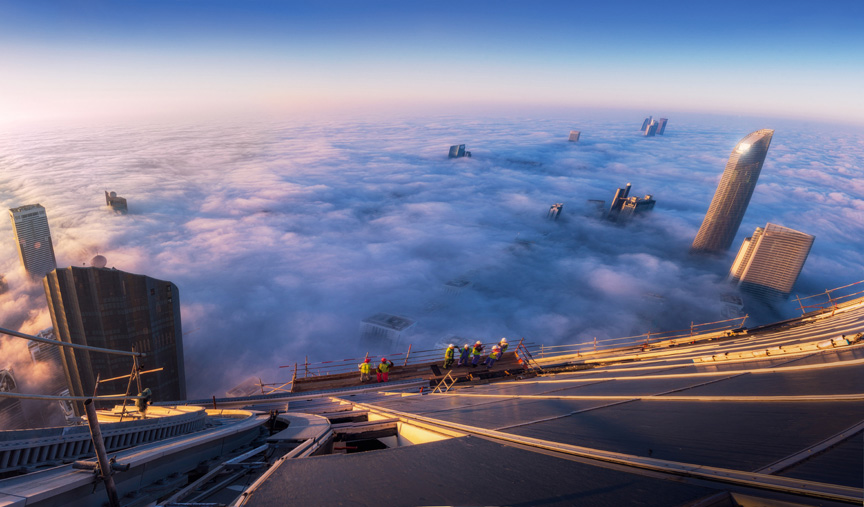
‘Into the abyss’. Climbing the rooftops of Abu Dhabi, scouting for shooting locations, 2013
2 years later, in 2011, I got my hands on a Canon 5D Mark 2 and decided to create my first time lapse film. By that time, I knew the importance of a stable, solid tripod. Vibrations are a bad thing if you’re shooting time lapses. The longer the lens, the more pronounced the vibrations, especially in high wind. They can be stabilized in post-production but not entirely.
I learned that shorter intervals work better for faster moving subjects such as people and cars (1 to 3 seconds), and that longer intervals looked good on slow moving subjects, such as moving clouds and setting sun (5 to 15 seconds).
My first time lapse film, titled ‘ABU DHABI 2011’ was extremely well received and it encouraged me to stay the course and learn even more about the craft.
Abu Dhabi 2011, my very first time lapse film and a passion project, 2011
At the end of 2011, I got calls from the BBC and Discovery to shoot time lapse material for their TV series, and this is where my hobby turned into a profession.
I started working with motion control gear which added dynamism and liberty to my time lapse sequences. My shots became more complex and choreographed. I felt like my time lapses suddenly got liberated from the chains of the static tripod.
At this point, I also found out about ‘shutter dragging’ – a term that describes motion blur in moving subjects which added fluidity to the scenes. ‘Shutter dragging’ is achieved by fitting your lenses with Neutral Density filters which reduce the amount of light reaching the camera’s sensor. I never shoot daytime time lapses scenes with anything less than a 6 to 8-stop ND filter. With experience, I came to know that the recommended shutter speed for daytime time lapse sequences is anything between 2s to 1/10th second. Shooting with high powered ND filters also helps to combat Shutter flicker (brightness strobing) which can occur if your shutter is triggering faster than 1/100th second.
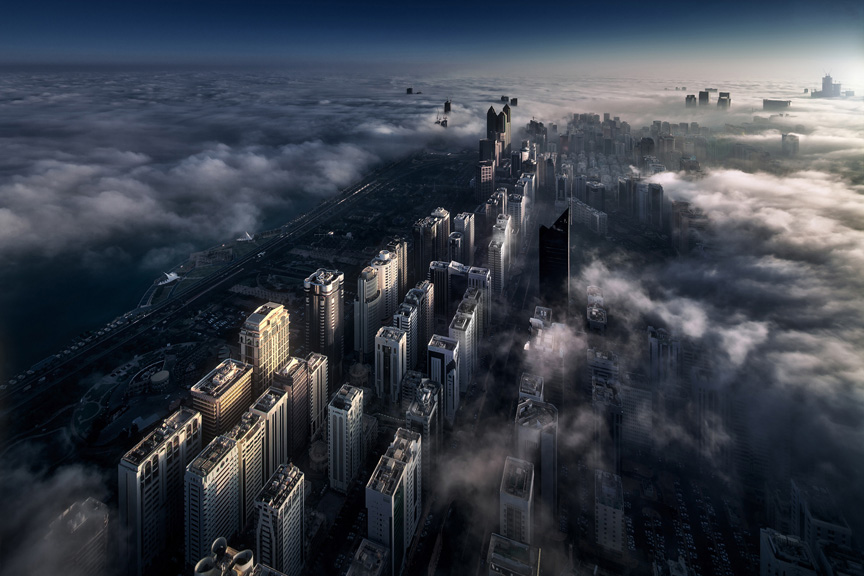
‘While you were sleeping’, looking for new points of view in Abu Dhabi, 2013
As a Canon user, I learned how to deal with another adversary – Aperture flicker. Canon lenses have an electronically controlled diaphragm. It’s a great feature for shooting stills but awful for time lapses. Why? Say you set your lens to shoot at f/8. Each time you take a picture, the camera instructs the lens to contract the diaphragm to f/8.0 and wait in that position until the image is captured and then, to reset it to its original position. Trouble is, the diaphragm never truly returns to the same precise position. Instead of maintaining the precise diameter of f/8, it may go to f/7.98, or f/8.06. A slightly different diameter of the diaphragm during exposure will result in a slightly different exposure of each frame. If you play such a sequence in real time, it will flicker. It’s irritating to watch, it ruins your time lapse and is very hard to fix in post production.
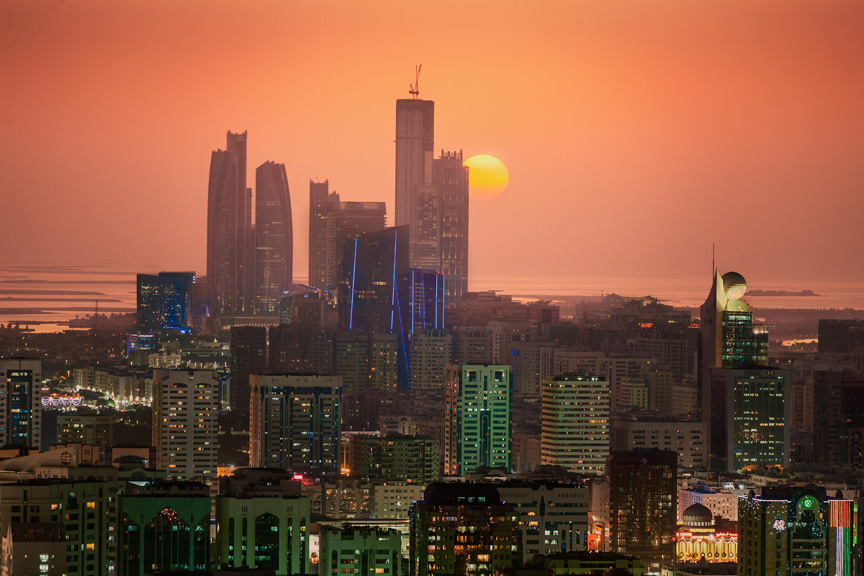
Trying out new techniques, blending multiple times of the day into one frame, 2014
To avoid this problem, you have several options. You can choose to shoot with manual lenses which have a mechanical diaphragm. In some cases, I use Nikon G lenses with a Canon mount adapter. It’s a well-designed solution which works wonderfully. Another trick I learned is Lens Twisting. It involves untwisting your Canon lens partially while holding the Depth of Field preview. This locks the diaphragm into fixed position which effectively eliminates any possibility for Aperture flicker.
I also mastered advanced time lapse photography techniques, such as shooting flicker-free, day to night / night to day sequences using Bulb Ramping and Holy Grail methods. The first one requires you to shoot with a camera set to Bulb mode. A special device or a tethered laptop are then connected to the camera’s shutter trigger and USB ports which control the exposure time in extremely precise, progressive or regressive lengths, down to the millisecond. The result of the Bulb Ramping technique is completely flicker free time lapses during major light transitions. Bulb Ramping is a bit tricky to set up, but the result is a flawless, flicker-free time lapse sequences.
The ‘Holy Grail’ method requires a de-flickering process with specialized software tools. If used correctly, the Holy Grail method produces flicker-free results for day to night time lapses. I use it regularly and it works very well.
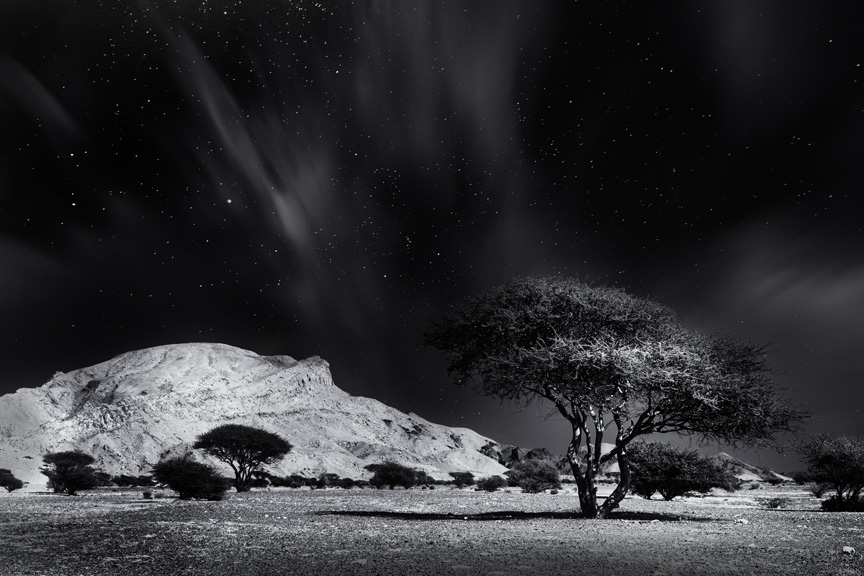
Looking for something new in Oman, 2014
As of recently, I also started working with a ‘hyperlapse’ technique – a method in which the camera is moved over great distances between each exposure. This method is currently trending in the time lapsing community and some have made it an art form of its own.
I’ve only began to explore the vastness of this amazing craft. Unlike older and more established forms of photography, time lapse photography exists on the fringes of the constantly evolving science and art. Digital cameras and motion control technology are becoming more sophisticated with each passing day, while being more accessible and affordable.
So why do I like time lapse photography so much? Because it always manages to surprise me. We are so hard wired to perceive the world around us at a certain pace. Twist this perception a bit by speeding it up and you’ll be dazzled at how amazing rush hour traffic will look. Or the play of shadows cast by the buildings as they dance across the city. Or the hide and seek play of the sun between the clouds as it plunges towards the horizon. Time lapse photography reveals that there’s magic in the mundane greyness of life; it has the power to enchant and inspire. You just have to look at it with different eyes.
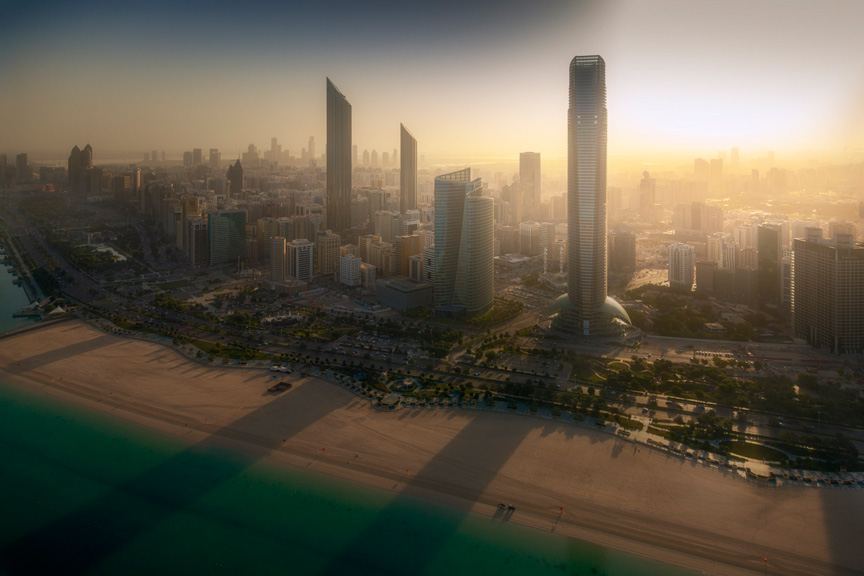
Scouting locations from the helicopter in Abu Dhabi, 2013
That being said, time lapsing may not be for everyone. It takes a particular kind of person to get up at 4am in arctic weather and wait for the sunrise, or spend the whole day in the blistering heat next to the camera to make sure the exposure is set just right. It takes patience and dedication. You need to be able to see ahead of time, predict the pitfalls before they arise, while many elements are working against you.
If you’re still curious about this wonderful art form, I’ve good news for you; you are living in the most exciting time in history of photography to get into it. What are you still waiting for?
To see more of Beno’s work, connect with him on Vimeo, Facebook, Google+, Twitter, Flickr, Instagram or 500px.



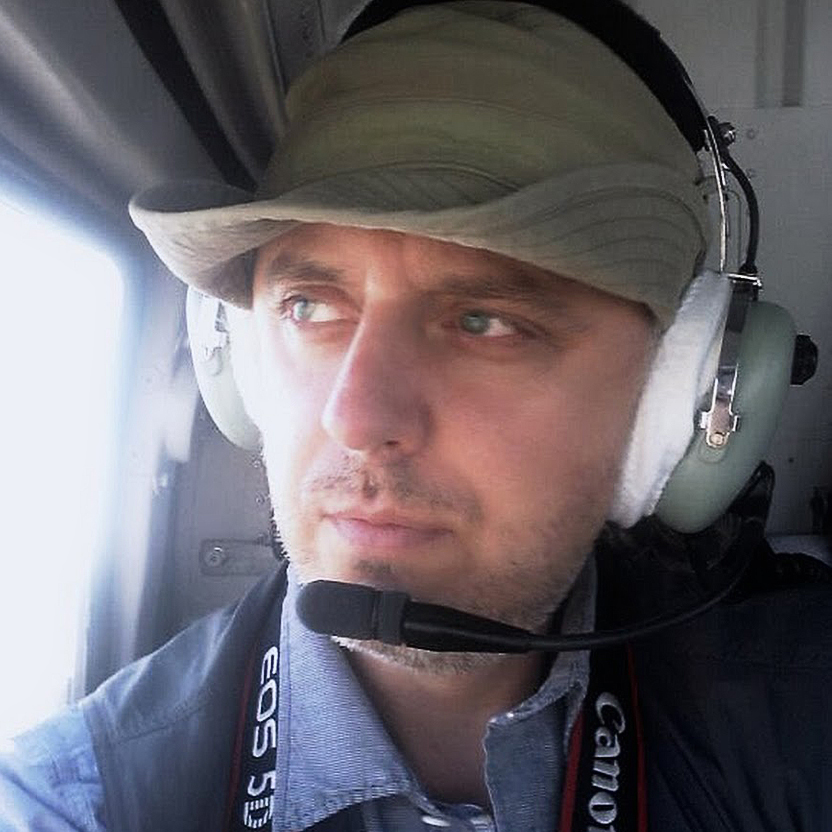
Wow! Amazing work. Seeing the cranes move on top of the buildings made them seem alive. Thanks for sharing!
cheers John
Great post, thanks!
thank you Jeff
So when is Kelbyone getting a new course by this amazing artist, eh? ^_~
Stunning work.
thank you Katie
Simply stunning
Great post,Beno. I had no idea that so much went into getting a great timelapse, but you really have mastered the art and science with your work. It’s the most interesting thing I have read in a long time and thank you for sharing your work and knowledge.
thank you Ian!
Wonderful work, Beno. You gave up some hard fought knowledge. The tips you so generously provided took a mountain of time, talent, and effort. Great post. Thanks.
knowledge isn’t worth anything if you don’t share it. Cheers.
Stunning and genius with commitment. Nof Said.
Perfekto!!!!!
Svaka cast, sve cestitke!